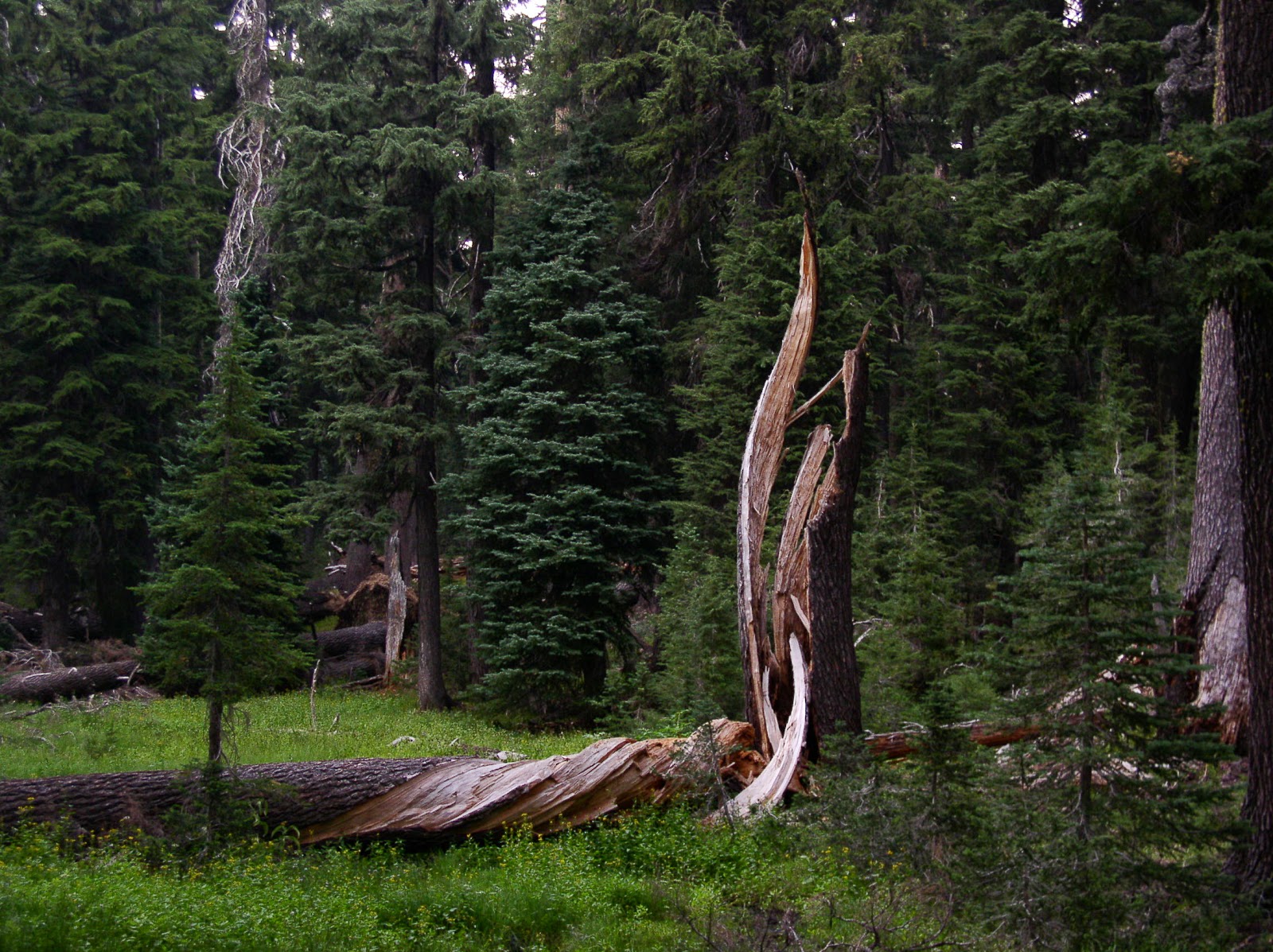 Importing from InkScape works fairly well with angular objects, but curved objects tend to generate objects with a broken manifold or with a missing facet that shows the insides of solid objects. When an object isn't manifold, I have to go in and edit objects on a vertex and face levels.
Importing from InkScape works fairly well with angular objects, but curved objects tend to generate objects with a broken manifold or with a missing facet that shows the insides of solid objects. When an object isn't manifold, I have to go in and edit objects on a vertex and face levels. Blender can use Boolean Logic to create complex shapes by combining or subtracting simple objects. My favorite function is the difference function, followed by intersection function.
Blender can use Boolean Logic to create complex shapes by combining or subtracting simple objects. My favorite function is the difference function, followed by intersection function. One of the latest designs I've worked on are a Moroccan tile design created by interweaving five pointed stars. Since the symmetry is pentagonal, the golden mean shows up frequently. Interweave designs require careful focus during the InkScape design process to get the over-under pattern correct.
 The other design is a labyrinth. After looking at ancient and classical labyrinth mosaics, I worked on something similar. After following some false trails (heh), I found that creating a roughed-out design on paper was more efficient than trying to make paths work in InkScape.
The other design is a labyrinth. After looking at ancient and classical labyrinth mosaics, I worked on something similar. After following some false trails (heh), I found that creating a roughed-out design on paper was more efficient than trying to make paths work in InkScape.  I managed to create a labyrinth and get it into Blender. Then I extruded it into something a person could walk through. Or possibly a stove element.
I managed to create a labyrinth and get it into Blender. Then I extruded it into something a person could walk through. Or possibly a stove element. Revisiting the labyrinth, I managed -- with a whole lot of difficulty -- to grab just the top vertices of the extruded labyrinth, then scale them down so that instead of a disk shape, I had a cone shape. From there, playing with a sphere gave me... Tron's lightcycle helmet, I think.
 Oh well. I'm hoping that I can create some interesting objects by sending the Blender Items to Shapeways, a 3D printing company.
Oh well. I'm hoping that I can create some interesting objects by sending the Blender Items to Shapeways, a 3D printing company.





























